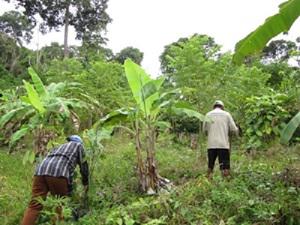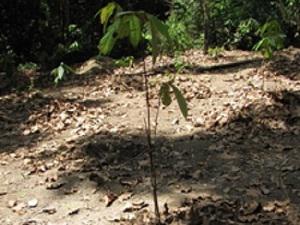Erika Ikemoto
This study aims to explore the factors influencing agroforestry adoption based on two case studies, to be examined in terms of farmers’ and external actors’ decision-making process.

Due to its flexible species configuration and potentially high agrobiodiversity, agroforestry can contribute to both biodiversity conservation and farmers’ well-being. Agroforestry can compose biological corridors and buffer areas, reducing pressure on protected areas’ core zones; as well as strengthen farming systems adaptable to farmers’ priorities, and resilient to climatic and price fluctuations.

These potential benefits have motivated efforts to introduce agroforestry practices among farmers in conservation projects. However, adoption rates are often low (or abandonment rates, high). There is insufficient understanding of the factors influencing adoption, especially regarding farmers’ livelihoods strategies and priorities, their perceptions of promoted practices, and also intervening institutions’ perspectives about agroforestry’s role in conservation and farmers’ well-being.
The present study is concerned with the agroforestry extension activities developed, since 2006, adjacent to Anavilhanas National Park and in Saracá-Taquera National Forest, which include experiences of agroforestry implementation followed by abandonment, its wide adoption associated with fruit jam making, and plant nurseries’ limited adoption. The objectives of this work are: to document the extension process, to explore the perspectives and motivations of the actors involved and, based on these, to identify and analyse the different factors that influence farmer decision-making in relation to the proposed practices.
To achieve these objectives, this study will rely primarily on participant observation of agricultural activities, semi-structures and unstructured interviews, and questionnaires on households’ socioeconomic attributes and livelihoods aspects, to be carried out during an extended stay in the communities that participate in the agroforestry programmes. This will be complemented by interviews with PA / NGO staff and archival searches.
Preliminary results and recommendations will be discussed with extensionists and farmers, aiming to incorporate and build upon their views. It is hoped that this study can make a contribution so that extensionists can work more effectively with farmers in terms of the type of practices promoted (adapting, or substituting it, if necessary) and also the means of communication and extension strategy adopted. Higher adoption rates (and lower abandonment ones) of proposed practices are expected to arise from this partnership.